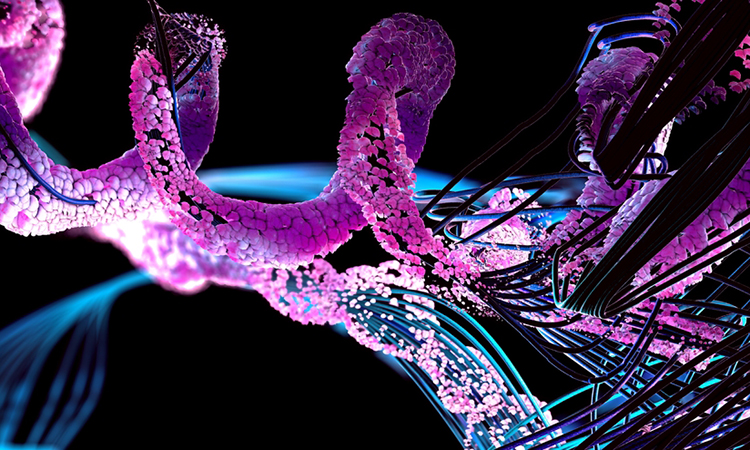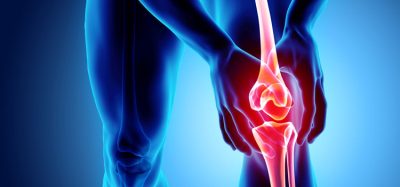Utilising engineered peptides for immunotherapy
Posted: 14 May 2024 | Dr DaeYong Lee (The University of Texas MD Anderson Cancer Center), Ellen Capon (Drug Target Review) | No comments yet
In this Q&A, Dr DaeYong Lee discusses how a new method for building up natural immune response could lead to new immunotherapy drugs with safer toxicity profiles.


How do hydrophobicity, electrostatic charge, and secondary confirmation of helical polypeptides influence the stimulation of innate immune pathways in antigen-presenting cells (APCs)?
These physical properties directly affect physical disruption of membrane integrity, which can activate endoplasmic reticulum (ER) stress to initiate pro-inflammatory signalling specifically in APCs. Since cancer cells are under chronic stimulation of ER stress, the polypeptides cannot activate innate immune sensors in cancer cells even upon the polypeptide treatment.
Which natural agonists impede the activation of intracellular DNA sensors in APCs, and what challenges do they pose?
Natural agonists such as cyclic dinucleotides, and CpG oligodeoxynulcleotides themselves were not effective in stimulating cytosolic innate immune sensors due to several critical hurdles such as vulnerability to enzymatic degradation, poor intracellular delivery, and rapid systemic circulation.
In what types of cancer models were the polypeptides tested, and what were the observed antitumour responses?
The therapeutic effect of the polypeptides was evaluated in several breast tumour models that are locally advanced or highly metastatic. The polypeptides re-educated tumour-homing myeloid cells and T cells toward a tumour-suppressive mode, thus resulting in retardation of tumour growth and improved survival period.
How did the combination of the polypeptides with immune checkpoint inhibitors affect the antitumour responses in the mouse models?
Since the polypeptide treatment (P1) upregulated programmed cell death protein 1 (PD1) on the surface of T cells, anti-PD1 was selected to improve antitumour responses by blocking PD1 on T cell surfaces. The combination of P1 with antiPD1 more efficiently activated innate and adaptive immune responses than either P1 or antiPD1 alone by re-energising T cell effector functions, thus providing the remarkable reduction of tumour growth in solid tumours and extended survival period.
What potential therapeutic advantages do the engineered cationic polypeptides offer in the context of generating antitumour immune responses?
One major obstacle of current immune checkpoint blockade therapies is to treat ‘solid tumours’ as immunosuppressive factors are highly activated within tumour microenvironments. The engineered polypeptides were able to re-modulate tumour microenvironments towards an immune-activating mode, thereby improving the therapeutic potency of immune checkpoint blockade in solid tumours. Therefore, the engineered polypeptides would provide synergistic effects in combination with FDA-approved immune checkpoint inhibitors, or immuno-stimulatory molecules that are being evaluated in clinical trials to treat solid tumours.
About the author


Dr DaeYong Lee, Postdoctoral Fellow, The University of Texas MD Anderson Cancer Center
DaeYong Lee received his PhD from Department of Chemical and Biomolecular Engineering and Korea Advanced Institute of Science and Technology (KAIST). He has been working as a postdoctoral fellow in the Department of Neurosurgery at The University of Texas MD Anderson Cancer Center. His research focuses on synthesis of polypeptide-based materials that can elicit enhanced innate immunity for cancer immunotherapy.
Related topics
Drug Development, Immunotherapy, Peptide Therapeutics, T cells
Related conditions
Cancer, Cancer Research
Related organisations
The University of Texas MD Anderson Cancer Center








